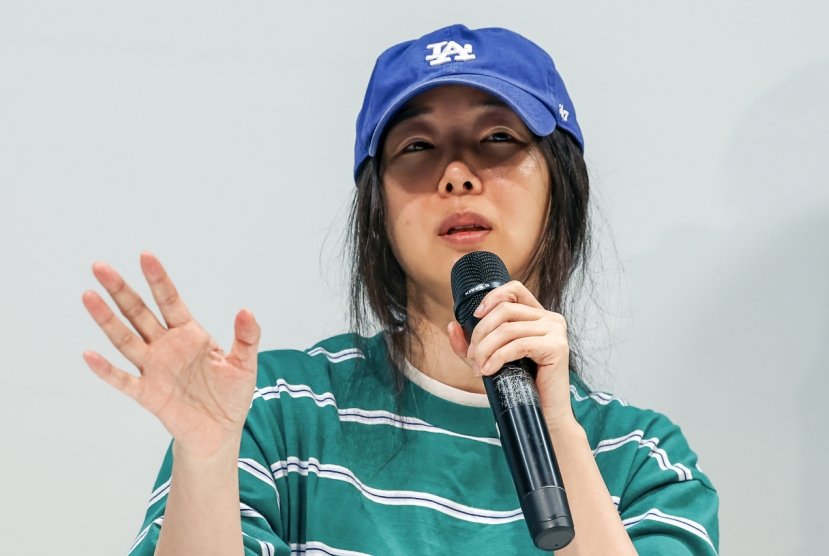[Foreigners Who Loved Korea] Soong Meiling, China’s first lady who aided Korea’s independence movement
By Korea HeraldPublished : Sept. 27, 2016 - 17:29
Soong Meiling was born in 1898 as the third daughter of a wealthy businessman in Shanghai, China.
She was educated in the West and threw herself into assisting her husband Chiang Kai-shek when he became China’s top political leader of the time. She was an especially proactive supporter of Korea’s independence movement.
Soong’s father, Charlie Jones Soong, studied abroad in the United States and graduated from a Methodist theological seminary. He returned to his country as a missionary, starting a Bible translation and publishing business as well as a milling business, which led to him becoming a significantly wealthy man.
He had two sons and three daughters, all of whom studied abroad in American colleges such as Wesleyan University and Harvard University, receiving the best education at the time. This sort of background had a large influence on Soong Meiling’s thinking and attitude toward life. She was familiar with Western culture and had no trouble communicating with the contemporary Western intellectual elite.
Later, her oldest sister married one of China’s top businessman and another older sister married Sun Yat-sen, the father of the 1911 Revolution who became the first provisional president of the Republic of China founded after the Xinhai Revolution.
She was educated in the West and threw herself into assisting her husband Chiang Kai-shek when he became China’s top political leader of the time. She was an especially proactive supporter of Korea’s independence movement.
Soong’s father, Charlie Jones Soong, studied abroad in the United States and graduated from a Methodist theological seminary. He returned to his country as a missionary, starting a Bible translation and publishing business as well as a milling business, which led to him becoming a significantly wealthy man.
He had two sons and three daughters, all of whom studied abroad in American colleges such as Wesleyan University and Harvard University, receiving the best education at the time. This sort of background had a large influence on Soong Meiling’s thinking and attitude toward life. She was familiar with Western culture and had no trouble communicating with the contemporary Western intellectual elite.
Later, her oldest sister married one of China’s top businessman and another older sister married Sun Yat-sen, the father of the 1911 Revolution who became the first provisional president of the Republic of China founded after the Xinhai Revolution.
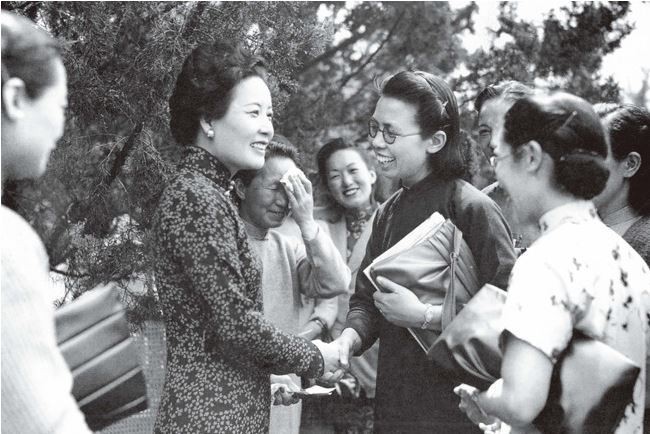
Her older brother was also a primary collaborator of both Chinese leaders Sun and Chiang, and rose to high government positions including minister of finance, minister of foreign affairs and president of the Executive Yuan. This impressive background earned her family the moniker “Soong Dynasty.”
Life as China’s first lady
After returning from her studies in the US in 1917, Soong came into the spotlight of Shanghai’s high society and was the talk of the town.
Having met Chiang through her brother-in-law Sun, she married him in December 1927 despite opposition from her mother and older sister, becoming the wife of the top political leader at the time.
As Chiang was China’s supreme leader from late 1928 to 1949, Soong was China’s first lady for nearly 20 years. Although people criticized the marriage as politically strategic, Soong was fine with it, as Chiang had renounced his past marriage entirely before marrying her. Chiang even converted to Christianity to marry into Soong’s Christian family.
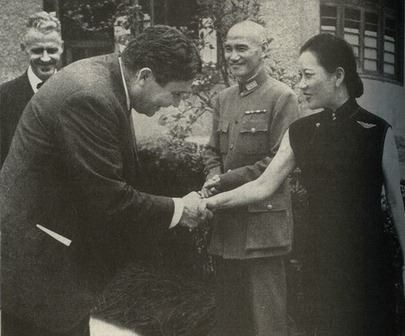
Soong also greatly influenced her husband’s political as well as religious life. For instance, during the greatest crisis of Chiang’s political life, the Xi’an Incident that took place on Dec. 12, 1936, Soong went to Xi’an herself and arbitrated negotiations for Chiang’s release from his detainment by Zhang Xueliang. She made a critical contribution to Chiang’s release within two weeks of his confinement.
She also assisted Chiang in his political activities in multiple ways thanks to her proficiency in English and other foreign languages, shining particularly on the international stage.
For instance, she was Chiang’s interpreter at the Cairo Conference in November 1943 -- proposed by then-US President Roosevelt -- and her talented diplomatic skills in front of world leaders such as Roosevelt and Churchill attracted the world’s attention. It was at the Cairo Conference that the issue of independence for postwar Korea was first raised, and Soong showed clear support in favor of Korean independence.
In addition, she produced outstanding accomplishments in her diplomatic activities, acting as Chiang’s representative and procuring military and economic support from the US during the Second Sino-Japanese War. Her speeches at the US Congress played a role in making known to many Americans how the US’ aid to China benefited their country, too.
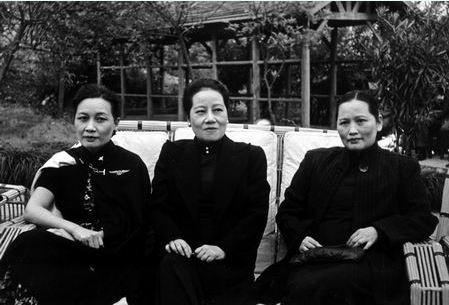
With the great evacuation of the Chinese political party Kuomintang from the mainland in 1949, Soong followed Chiang, moving to Taiwan and assisting her husband there by organizing the National Women’s League of the Republic of China in April 1950.
Her diplomatic activities, which had begun in earnest during the Second Sino-Japanese War, continued. In July 1950 and July 1952, Soong made two long-term visits to the US, forestalling the entry of the People’s Republic of China into the UN. At the time, Soong formed the One Million Member Committee, which lobbied support for the Kuomintang regime. Her diplomatic activities with the US continued until the early 1970s, which as a result delayed the republic’s entry into the UN.
Support for Korean independence movement
Although there are few instances that show Soong acting by herself in support of the Korean independence movement, she always attended her husband’s meetings with Korean independence activist leaders and expressed her support.
Chiang first supported the Korean independence movement when her husband accepted Korean youths during his tenure as the director of the Whampoa Military Academy, which was founded under the auspices of the international communist organization Communist International in 1924.
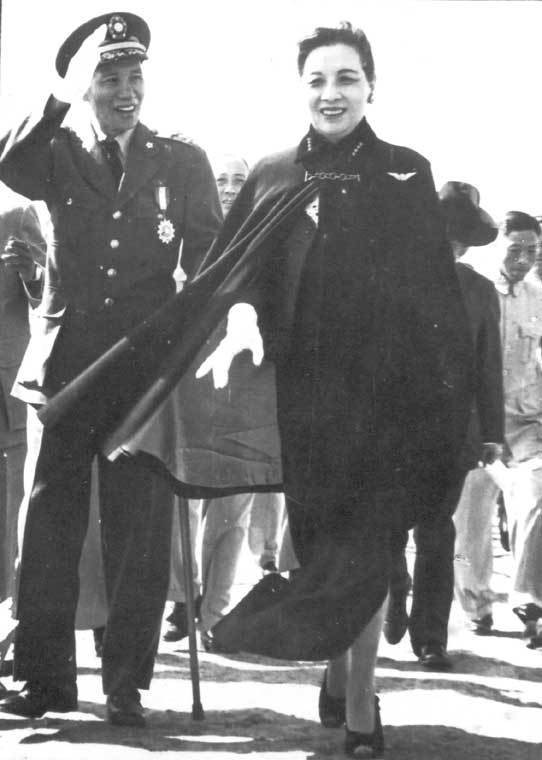
After Korean independence activist Yun Bong-gil’s act of martyrdom in Shanghai’s Hongkou Park in April 1932, Chiang took a more proactive stance in helping Kim Goo and the Korean Provisional Government take refuge, which continued after the KPG’s move to Chongqing in 1940.
In reality, the KPG was forced to exist as a government-in-exile in China without an independent foundation, leaving it almost solely reliant on Chiang’s Kuomintang regime for its base of support.
The Kuomintang regime’s support of the KPG did not always carry the positive intention of supporting people of a weak and small power.
At the time, the primary goals of the Chongqing KPG in pursuing Korean independence were to create a military organization and receive international recognition of the KPG through diplomacy.
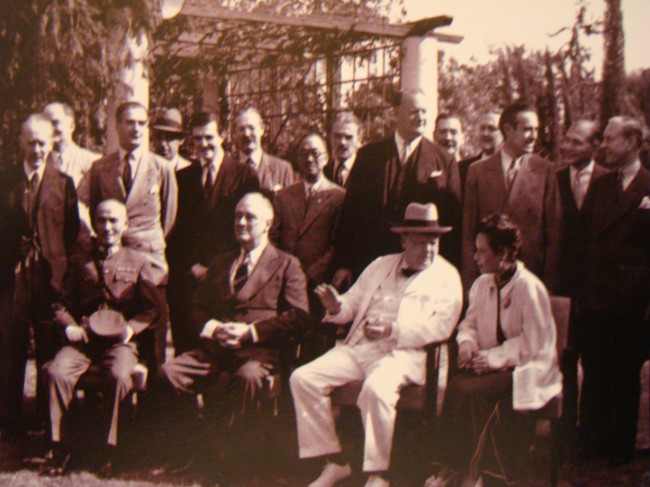
If you examine the discussions between the KPG and Kuomintang regime over the founding of the Korean Liberation Army and the conditions of its operation, you would be able to see that along with the elements of Sino-Korean cooperation in support of the Korean independence movement, there were also elements of control over foreign military forces active in China as well as that of subordination of nearby weak and small powers.
Moreover, Chiang and the Kuomintang regime took a passive wait-and-see attitude on the issue of diplomatic recognition of the KPG, as they had to consider the positions of other powers such as the US and Soviet Union. However, it was also in order to secure its influence over the postwar Korean Peninsula, while at the same time restraining the KPG.
However, in light of Chiang’s support of immediate independence for Korea at the November 1943 Cairo Conference, where the issue of postwar Korea was first raised, Chiang and Soong were significant in securing Korea’s independence.
Soon after the Second Sino-Japanese War ended, the leaders of the KPG gained Chinese support and held a grand farewell banquet upon their repatriation to Korea.
Soong and her husband attended the event and sincerely congratulated Premier Kim on Korea’s independence. This can be regarded as evidence of Soong’s support for the Korean independence movement. The Republic of Korea greatly appreciated Soong’s proactive support of Korean independence and in 1966 bestowed her the Order of National Foundation.
That same year, the Korean president at the time, Park Chung-hee, visited Taiwan and formed a solid anti-communist alliance with Chiang, beginning a period of close Korea-Taiwan relations.
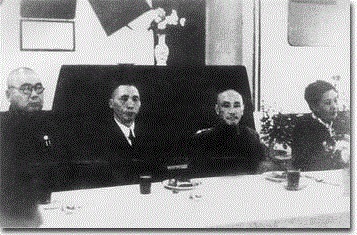
Soong, who had no children, left Taiwan and moved to the US when her husband died in April 1975. His son from his first marriage, Chiang Ching-kuo, became Taiwan’s premier. She quietly lived out the rest of her days in a residence in Long Island and died at the age of 106 in 2003.
By Bae Kyoung-han
The writer is a professor from the department of history at Silla University.
In Korea’s turbulent path toward independence and nation building, there were foreign nationals who stood steadfastly by the Korean people, although their contributions have been largely overshadowed by those of Korean patriots. The Korea Herald, in partnership with the Independence Hall of Korea, is publishing a series of articles shedding light on these foreigners, their life and legacies here. This is the 20th installment. -- Ed
-
Articles by Korea Herald





![[Herald Interview] 'Amid aging population, Korea to invite more young professionals from overseas'](http://res.heraldm.com/phpwas/restmb_idxmake.php?idx=644&simg=/content/image/2024/04/24/20240424050844_0.jpg&u=20240424200058)












![[KH Explains] Korean shipbuilding stocks rally: Real growth or bubble?](http://res.heraldm.com/phpwas/restmb_idxmake.php?idx=652&simg=/content/image/2024/04/25/20240425050656_0.jpg&u=)

